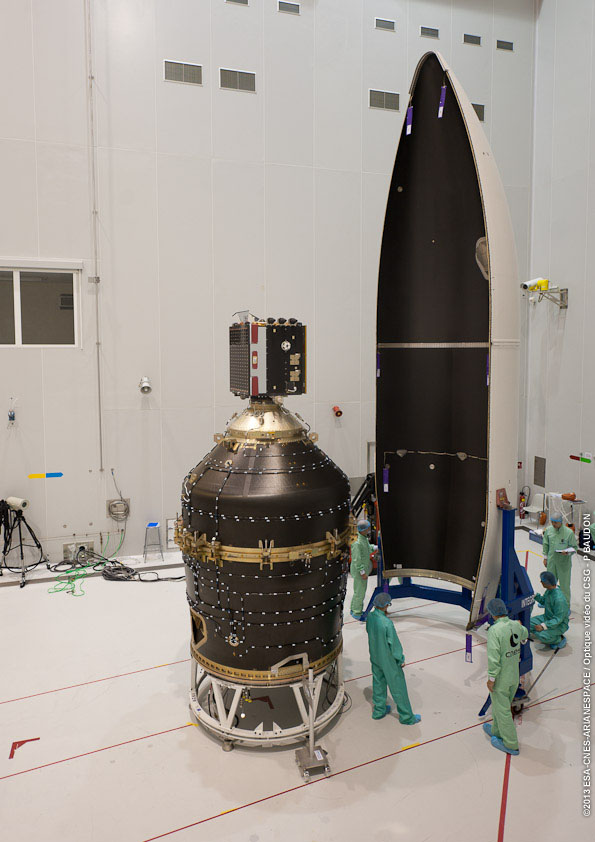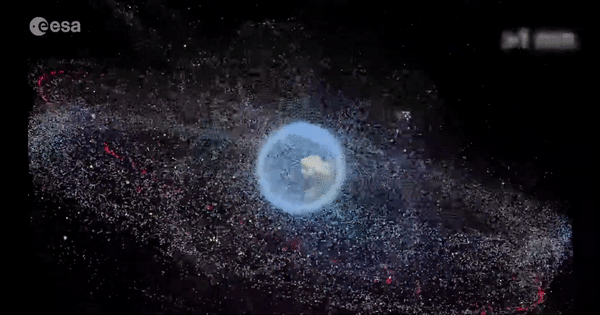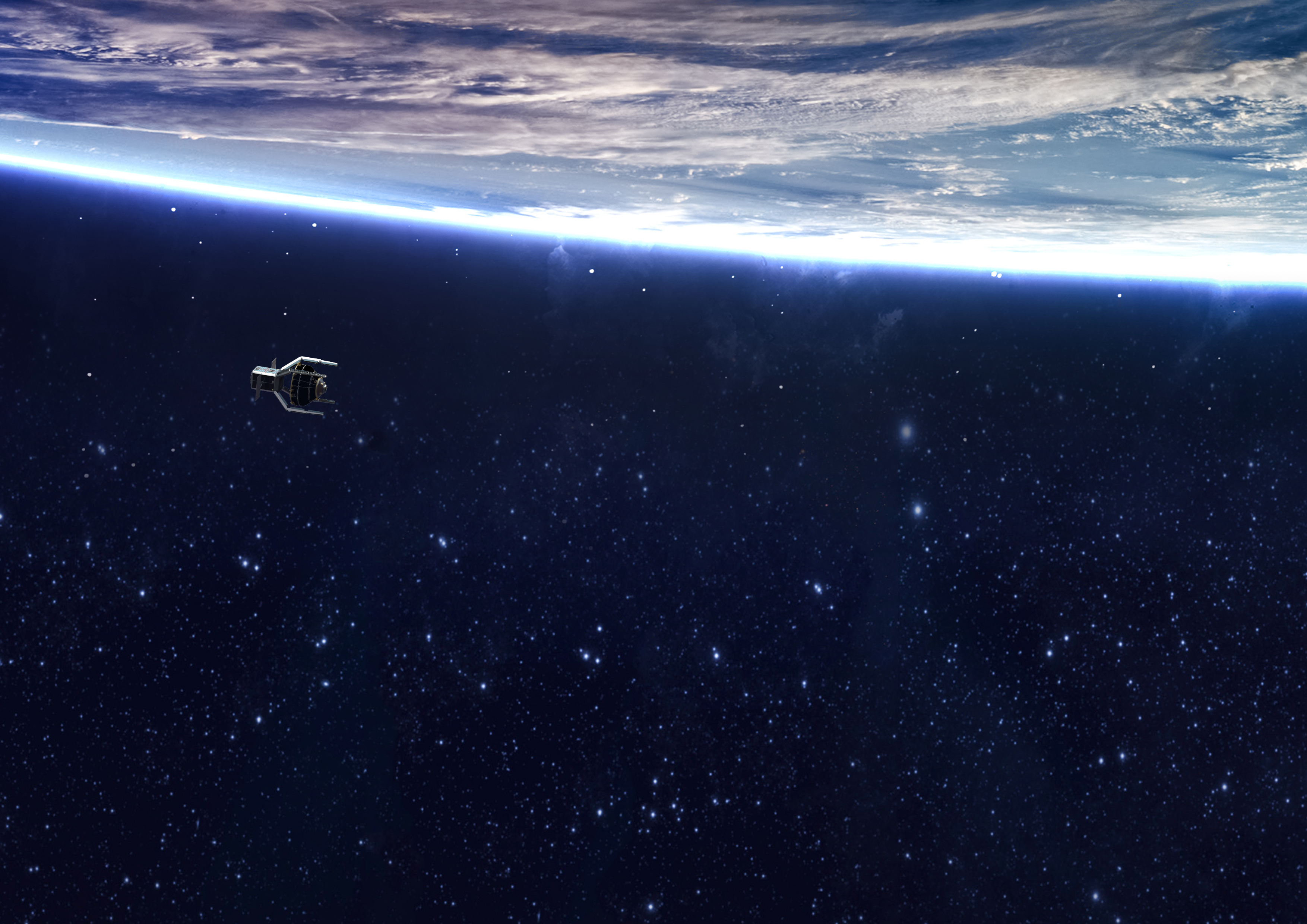ESA gives go-ahead for the world’s first space junk removal mission
22 January 2020
There are nearly 2000 satellites in space, orbiting around Earth. They are very helpful for us, providing communication, allowing us to explore space and monitoring our changing world. However, when satellites break down or malfunction and are no longer useful, they often stay in their orbits becoming what is known as space debris – sometimes nicknamed space junk. This is becoming a big problem. There are more than 3000 broken satellites orbiting Earth right now! Thousands of new satellites are expected to be launched into orbit over the coming years. They will all eventually become space junk. Even if all space launches were cancelled today, the amount of space junk in orbit would continue to increase. This is because collisions between objects in space can smash them apart, creating even more pieces!
ESA Director General Jan Wörner explains: “Imagine how dangerous sailing the high seas would be if all the ships ever lost in history were still drifting on top of the water. That is the current situation in orbit, and it cannot be allowed to continue.”

This photo was taken of the Vespa before it was launched. It is now orbiting Earth as a piece of space junk. Copyright: ESA/CNES/Arianespace/Optique Video du CSG
A company called ClearSpace have accepted ESA’s challenge to think of a solution to this problem. They have proposed ClearSpace-1, the first space mission with the goal of removing an item of debris from orbit. After launching in 2025, its target will be part of an ESA Vega rocket called a Vespa (Vega Secondary Payload Adapter). This Vespa was ejected from its rocket and left in orbit, meaning it is now a piece of space junk. Similar in size to a small satellite, it is the perfect test target for ClearSpace-1.
ClearSpace-1 will first be launched into an orbit 500-km above Earth’s surface – a little lower than its target Vespa space debris – where it will undergo tests to ensure it is operating properly. It will then target the Vespa and close in on it, using four robot arms to grab onto the space junk! The combined ClearSpace-1 and Vespa will then be lowered down, hitting Earth’s atmosphere and burning up, completely destroying them – a very effective way of clearing up space junk.
The ClearSpace company are now giving ESA their final proposal, ready to begin the project in March!
Cool fact: There is more than 8400 tonnes of space junk orbiting Earth!






